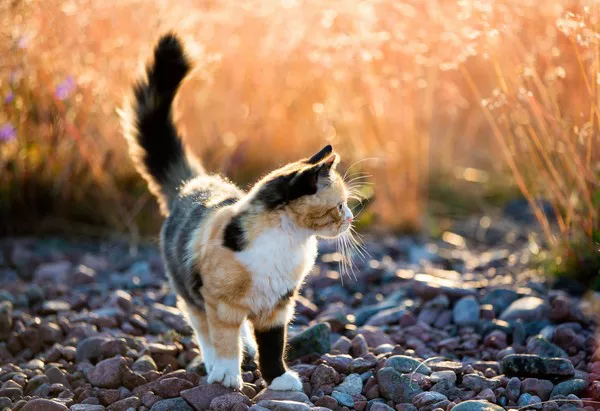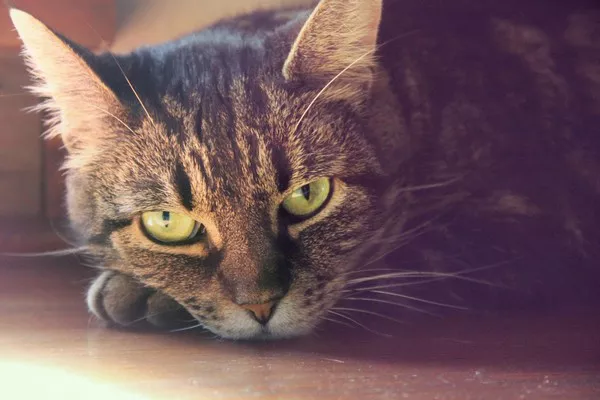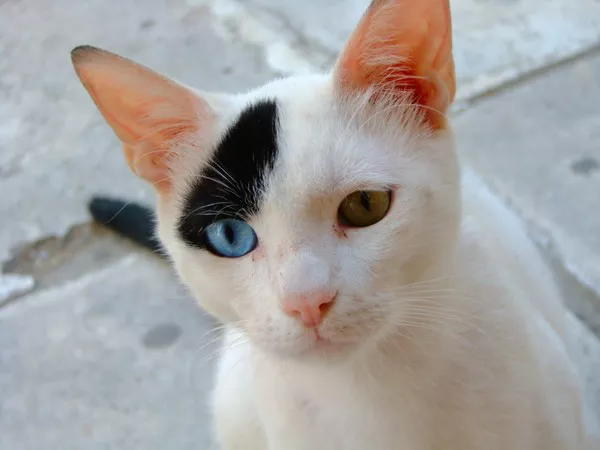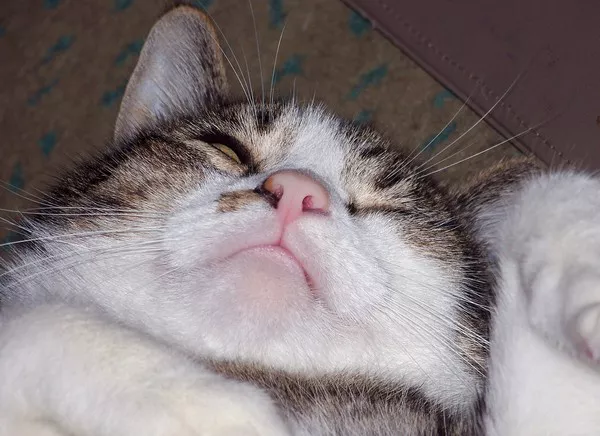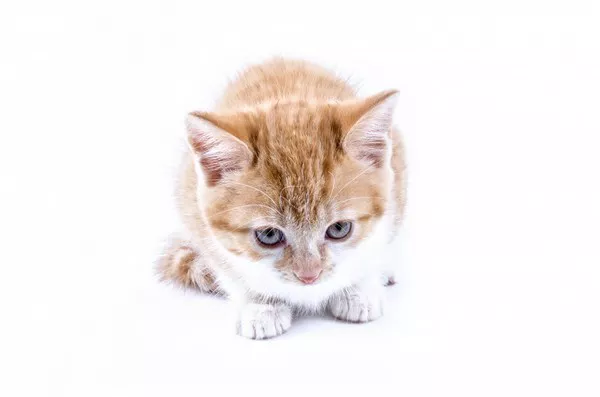Calico cats, with their distinctive tri-color coats of orange, black, and white, are among the most admired and recognizable cat breeds. Though not a breed in themselves but rather a color pattern that can occur in various breeds, calicos are often treated with particular care due to their unique appearance and the myths surrounding their existence. This comprehensive guide explores why many experts recommend that calico cats should be indoor pets. It also provides practical training tips for ensuring that they lead safe, enriching, and happy lives inside the home.
Understanding Calico Cats
What Defines a Calico Cat?
Calico refers not to a breed, but to a color pattern that occurs only in female cats (with very rare exceptions). This coloration is due to the genetic process related to the X chromosome; the genes for black and orange colors are found on the X chromosome, and with females having two X chromosomes, they can display both colors along with white, which is controlled by a separate gene. The calico pattern is one of the most striking and varies greatly from one cat to another, adding to their allure and the perception of their uniqueness.
The Rarity and Myths Surrounding Calico Cats
Calico cats are often surrounded by various cultural myths and are sometimes considered harbingers of good luck. In many cultures, they are revered and believed to bring fortune to the homes they reside in. This mystique often leads to calico cats being treated with extra care and sometimes, excessive caution.
Why Calico Cats Should Stay Indoors
Safety Concerns
One of the primary reasons to keep calico cats indoors is related to their safety. Cats that are allowed to roam outdoors face numerous risks such as traffic accidents, attacks from other animals, exposure to contagious diseases, and the possibility of getting lost or stolen, especially since calicos might be targeted due to their unusual and attractive appearance.
Health Considerations
Outdoor environments can expose calico cats to various health risks, including parasites like fleas and ticks, diseases such as feline leukemia virus (FeLV) and feline immunodeficiency virus (FIV), and exposure to toxins or poisons. Keeping them indoors helps reduce these risks significantly, contributing to a healthier and potentially longer life.
Environmental and Ecological Impact
Cats are natural hunters, and when allowed outdoors, they can have a significant negative impact on local wildlife. Studies have shown that domestic cats are responsible for the decline in the numbers of various bird and mammal species. By keeping calico cats indoors, owners can help reduce these impacts.
Training Tips for Keeping Calico Cats Happy Indoors
Creating a Stimulating Environment
To compensate for the lack of natural stimuli available outdoors, it is essential to provide an enriching indoor environment. This can be achieved by:
Providing Various Types of Cat Furniture: Cat trees, shelves, and window perches can help a cat use their climbing skills and stay physically active.
Interactive Toys: Toys that mimic prey, such as feather wands and laser pointers, allow a cat to engage in natural hunting behaviors.
Puzzle Feeders: These stimulate a cat’s brain and mimic the challenge of hunting for food.
Training and Behavior
Training a calico cat to enjoy and adapt to an indoor lifestyle involves several strategies that focus on behavior and obedience:
Litter Box Training: Ensure you have at least one litter box per cat, plus one extra, and place them in quiet, easily accessible locations.
Scratching Posts: Introduce multiple scratching posts or pads around the home to prevent furniture damage.
Routine and Structure: Cats thrive on routine. Feeding, play, and cuddle times scheduled at regular intervals can help keep a calico cat content.
Socialization and Bonding
Social interaction plays a crucial part in the emotional health of a calico cat:
Regular Playtime: Engage in daily play sessions using interactive toys to build a bond and provide physical exercise.
Training Sessions: Short, regular training sessions using positive reinforcement can teach tricks and good behavior, strengthening your bond with your cat.
Health Care and Maintenance
Regular Veterinary Care
Routine vet visits are crucial for maintaining the health of an indoor calico cat. These check-ups can help catch any health issues early before they become serious.
Vaccinations and Preventative Medicine: Keep up with vaccinations and preventative treatments for parasites, even if your cat is indoors.
Spaying or Neutering: This not only helps prevent unwanted litters but can also reduce the risk of certain health problems and behavioral issues.
Nutritional Management
An appropriate diet is vital for keeping an indoor cat healthy:
High-Quality Diet: Feed a high-quality commercial cat food that meets the nutritional levels established by the AAFCO Cat Food Nutrient Profiles.
Monitor Weight: Keep an eye on your cat’s weight, as indoor cats are less active and more prone to obesity.
Conclusion: The Ideal Indoor Companion
While the calico cat’s striking appearance and rarity might tempt owners to show them off outdoors, the risks involved make it advisable to keep these cats indoors. With the right training, environmental enrichment, and care, calico cats can lead fulfilling, healthy, and long lives as indoor pets. They can provide their owners with companionship, affection, and even a bit of good luck, all within the safety and comfort of home.

